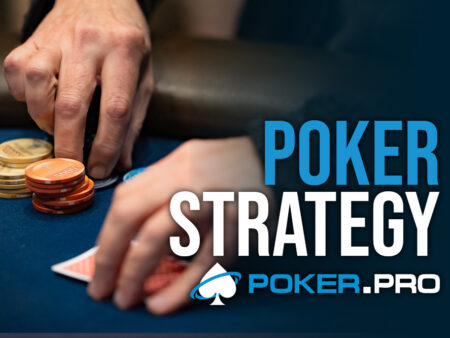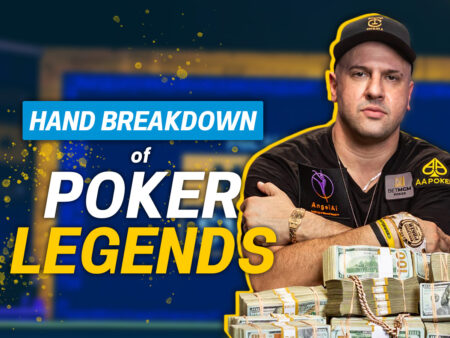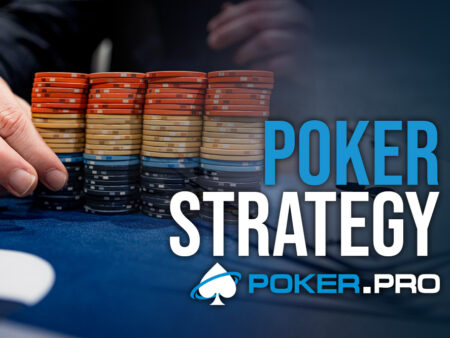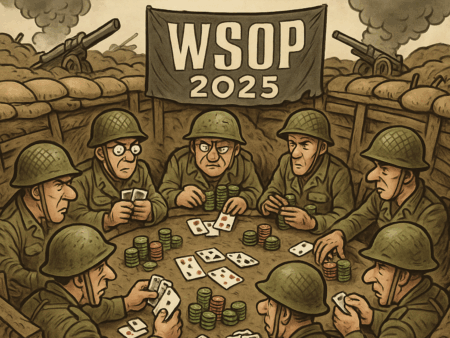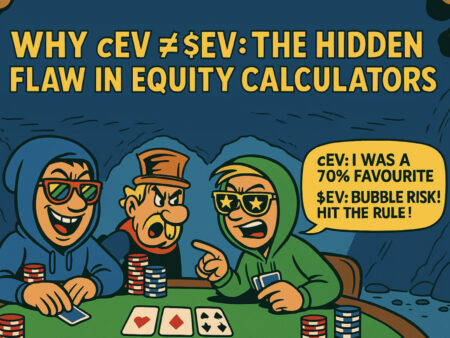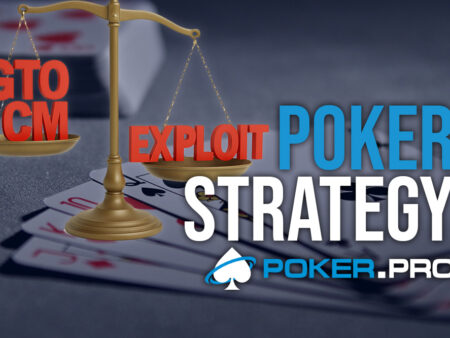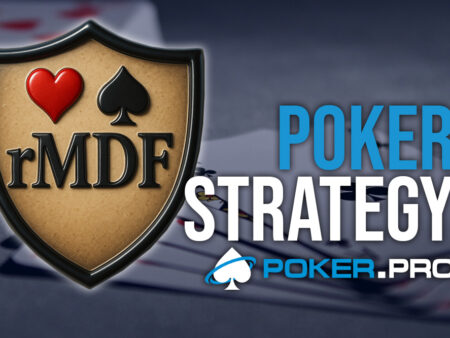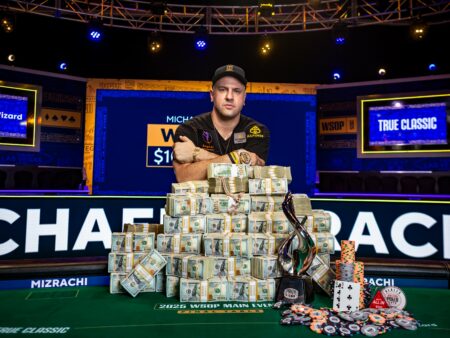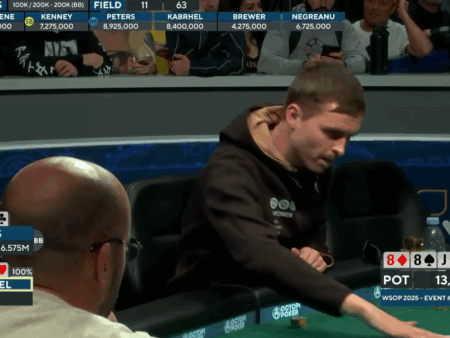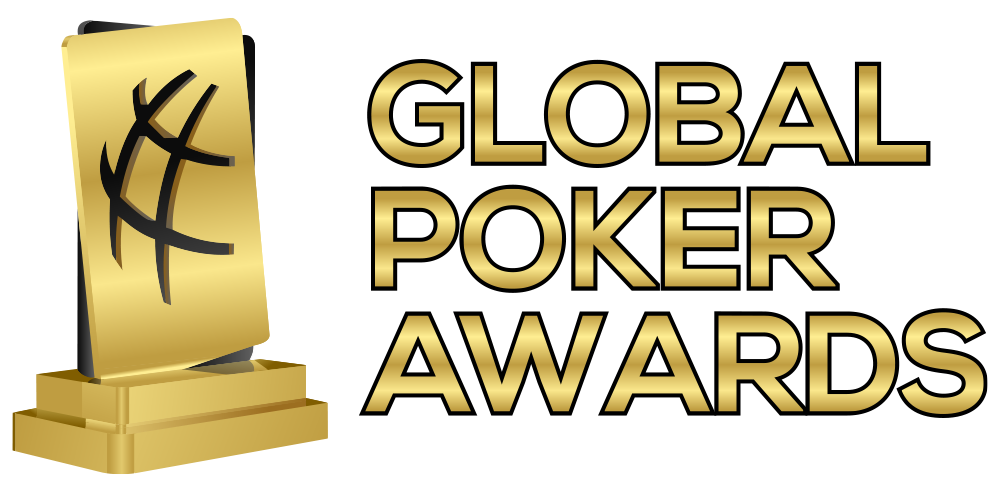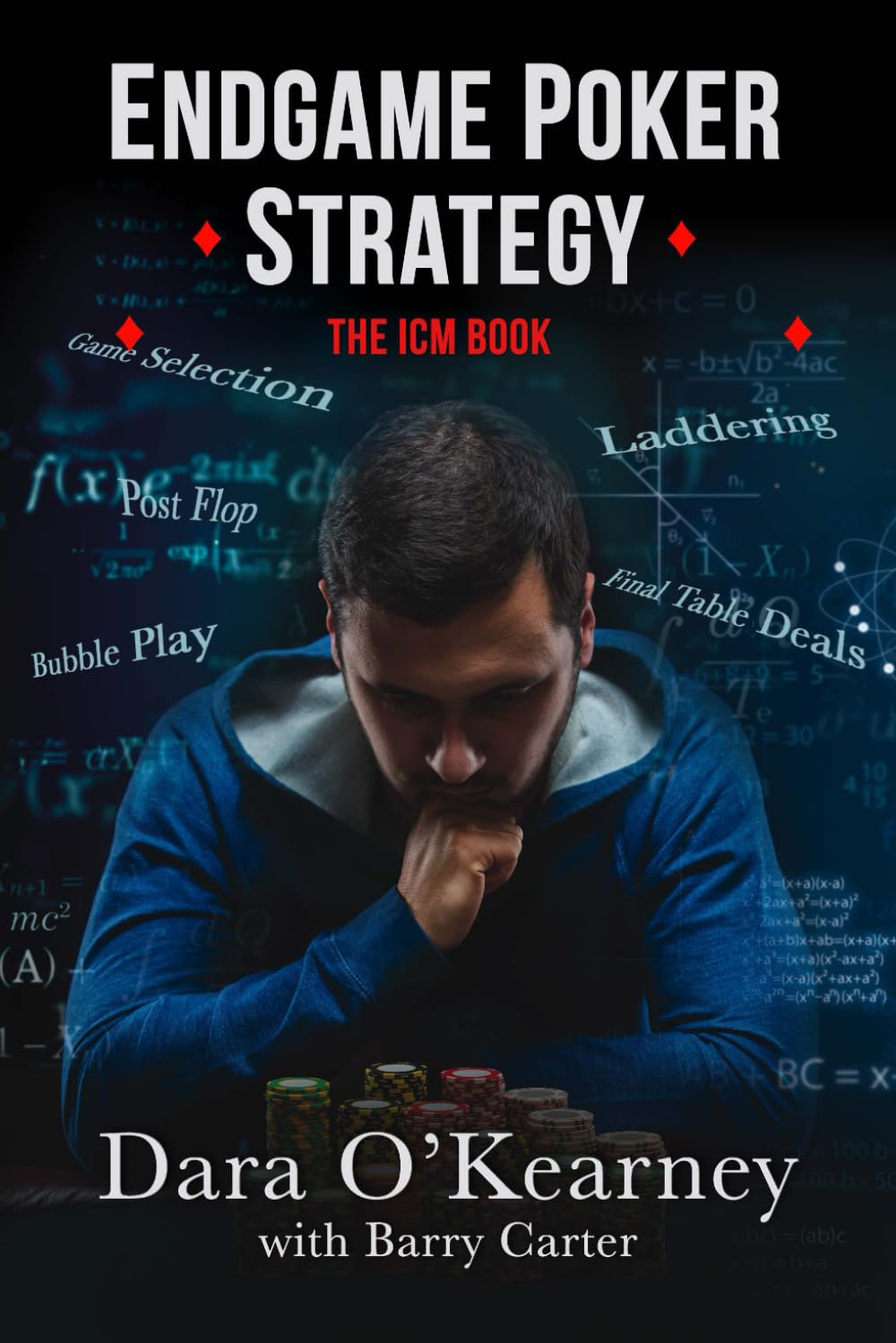
I’ve always enjoyed reading, but nowadays, I rarely take the time to open a book and sit down on the couch with a cup of coffee. I tend to prioritize other things, such as work. That’s why I was thrilled when the idea presented itself to do a book review of “Endgame Poker Strategy – The ICM Book,” written by Dara O’Kearney and Barry Carter. A perfect combination of business and pleasure!
It didn’t take long before I realized I was the target audience for this book. I’ve heard about ICM and understand it as a concept on a wider level, but that’s where my knowledge stops. From the get-go I was intrigued. I finished the book a couple of days ago, and now, I’m ready to share with you my five key takeaways from this ICM bible that receives very high praises from me personally.
Number 1: the Bubble Factor
The first thing that really stuck with me was the Bubble Factor. Introduced in 2009 in the book “Kill Everyone”, written by Lee Nelson, Steven L. Heston, and Tysen Streib, the authors imply the Bubble Factor hasn’t received the appreciation that it deserves by the wide poker community, considering it’s the best equation for making ICM decisions on the spot.
Simplified, the Bubble Factor helps you calculate the risk/reward of getting involved with certain players with certain stacks at certain times in a tournament. Learning this model will not only help you to make better ICM decisions on the bubble, but also throughout your whole tournament life.

Number 2: The Value of a Short Stack
When being a low stack in a tournament, players usually try to get their stack in the middle to double up, and usually, a semi-decent hand is good enough to throw all the chips in with. The book states that this may not always be the optimal play. As can be proven with the Bubble Factor formula, the fewer chips you have, the more each is worth, seen from an ICM standpoint. This also means that the more chips you have, the less they are worth (again, purely from an ICM standpoint; who doesn’t want to be the big stack?).
Number 3: Making Deals
Being the definition of a recreational poker player, and considering I nowadays play perhaps 3-4 times a year, I don’t make too many final tables. I’ve never been put in a situation where a deal has been discussed, but hey, after reading this book, at least I’m prepared when (read: if) it happens.
Nevertheless, it is in the context of deal-making that I’ve heard about ICM, and the author suggests this is the case for the majority of poker players. I knew why it could be beneficial to make a deal – to take variance out of the equation – but I didn’t know when, under what premises.
Luckily, the book offers a simple explanation: when reaching the final table, imagine you’re playing a new, different tournament than the one you entered. In your new tournament, the buy-in is your current equity minus the amount you’re guaranteed. I highly recommend everyone to read the example with the player “Jane” at table 147 in the book; the authors explain this so well, and just by learning the calculation given in this scenario, I already feel much more confident regarding deal-making.

Number 4: Late Registration
As the authors themselves put it, “at this stage it is perhaps the worst-kept secret in poker that when you register late for a tournament, you get an instant ICM boost”. I won’t lie; I wasn’t aware of this. It’s very easy to grasp once you’ve been introduced to it, however. When late registering, you start your tournament journey closer to the ITM stage, and your chips are worth more because they have a greater upside.
Of course, we can’t ignore the fact that you’ll start short-stacked when max late-reg. O’Kearney and Carter mention this and emphasize the importance of mastering the shallow stacks strategy when opting for this play.
Number 5: Ranges
It may not have been something I learned so much as something I appreciated, but in the later chapters, the authors present calling ranges for short, average, and big stacks. These ranges are not presented for the reader to memorize but to grasp how ICM can expand or shrink one’s range depending on the relative stack sizes.
Conclusion
Overall, this book is definitely worth reading. It was hard to choose five key points to enlighten in this review; there is so much more that deserves to be highlighted. I can guarantee that reading this book will elevate your game to another level. O’Kearney and Carter debunk the myth that ICM only comes into play at a later stage of the tournament; it’s very much a concept from the first hand of the tournament (arguably even before, considering the relationship between late registration and ICM).
The book was also very well-written; it was easy to understand everything, and the authors managed to explain some crucial concepts so that someone who was not familiar with ICM could still understand everything.
We hope you give “Endgame Poker Strategy – The ICM Book” a read and let us know what you think.
